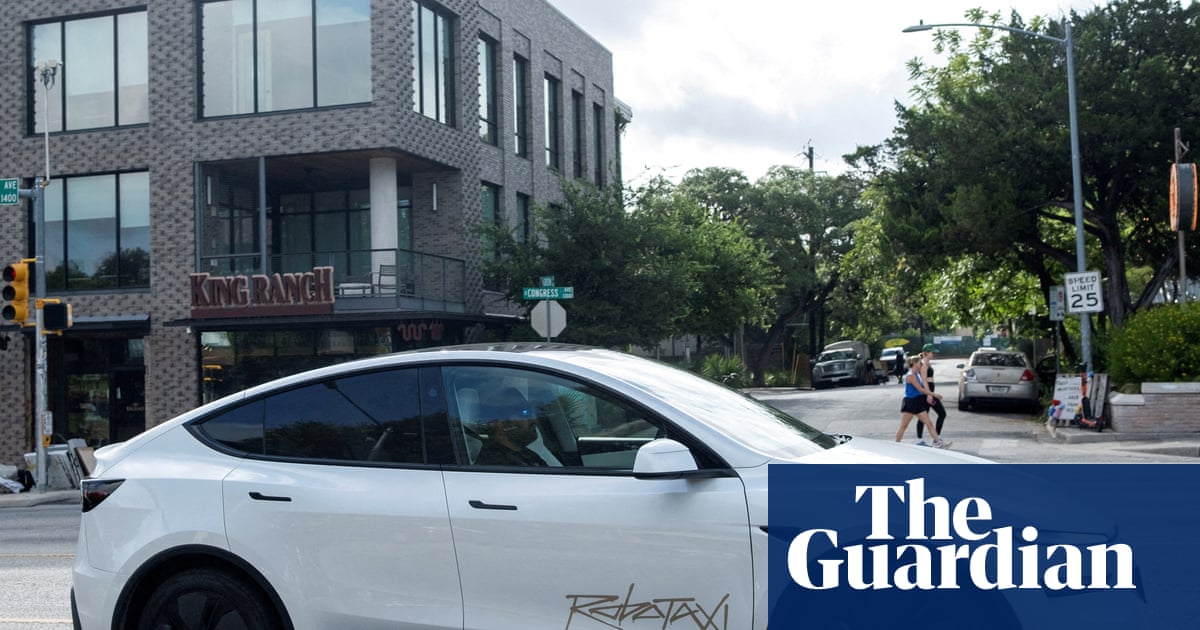The company’s rollout of its new driverless cars has gotten off to a wobbly start – and rival Waymo remains well ahead
After years of promising investors that millions of Tesla robotaxis would soon fill the streets, Elon Musk debuted his driverless car service in a limited public rollout in Austin, Texas. It did not go smoothly.
The 22 June launch initially appeared successful enough, with a flood of videos from pro-Tesla social media influencers praising the service and sharing footage of their rides. Musk celebrated it as a triumph, and the following day, Tesla’s stock rose nearly 10%.
What quickly became apparent, however, was that the same influencer videos Musk promoted also depicted the self-driving cars appearing to break traffic laws or struggle to properly function. By Tuesday, the National Highway Traffic Safety Administration (NHTSA) had opened an investigation into the service and requested information from Tesla on the incidents.



A few years ago I was driving on the motorway, came up on a bend in the road and was greeted by a dense freak fog bank out of nowhere. I immediately let go of the accelerator to reduce speed, at the same time my dashboard lit up like a Christmas tree and a collision alert started blaring. That gave me enough time to apply the brakes and prevent a collision with the first and only traffic jam I’ve ever seen there.
I see no reason to not augment our own capabilities with radar and lidar, to see what we as humans can’t.
Imagine if we could “see” in those wavelengths!
…
Don’t tell Musk I said that
Now hiring for experimental brain surgery subjects! Lots of money! Sign these twelve waivers.
Very good survival rates likely!
M’profits!